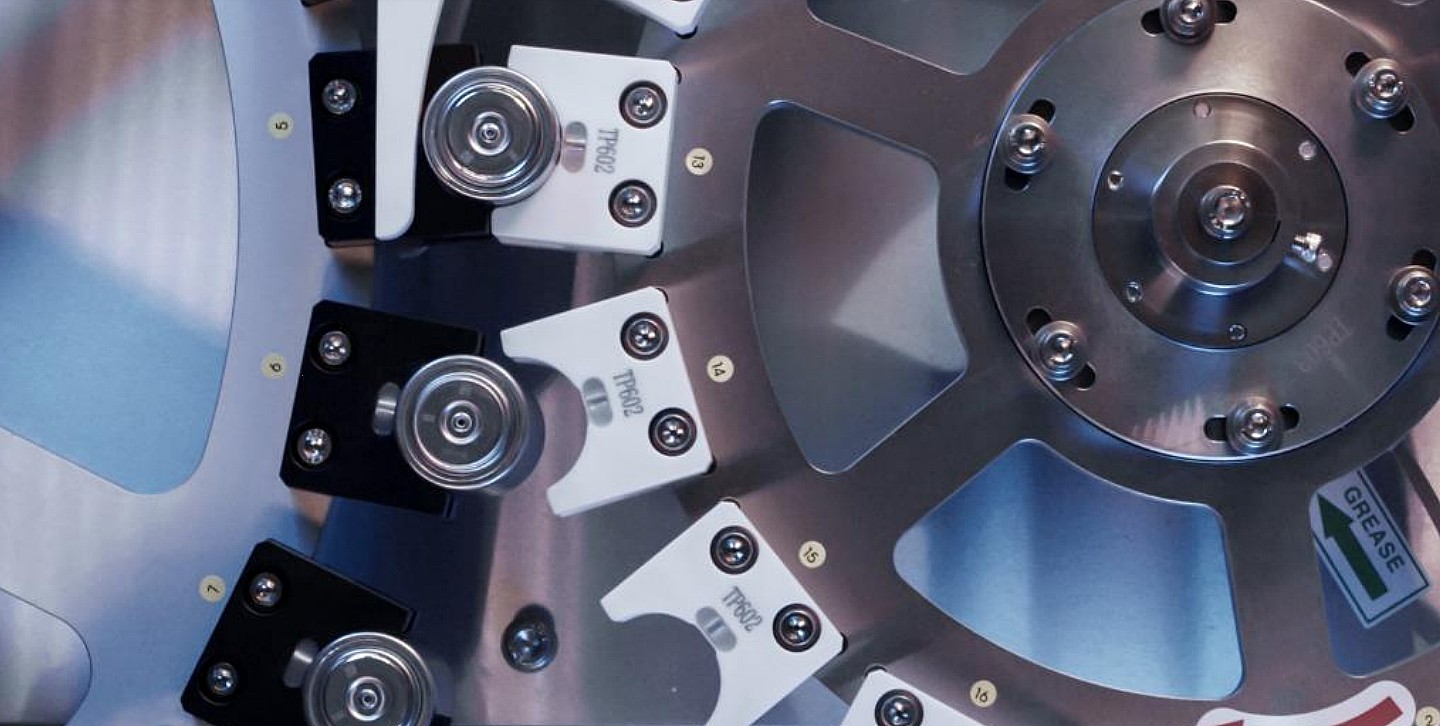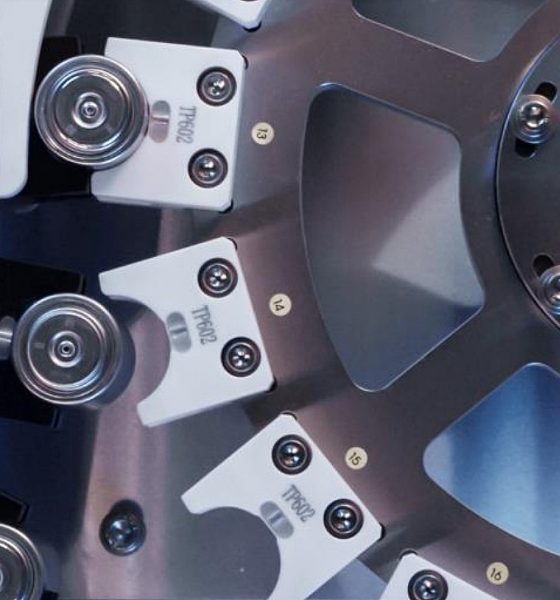

News
Tesla and the EV sector’s growth is driving up lithium, cobalt, and nickel prices
The electric vehicle revolution is fully underway. Led by successful vehicles like the Tesla Model 3, which are compelling alternatives to comparable internal combustion cars, EV sales are taking off. The momentum of EVs as a whole may hit some challenges soon, however, partly due to the rising prices of raw materials that are critical to the production of batteries.
The prices of lithium-ion batteries have seen a 90% decline to just about $130 per kWh. That’s very close to the widely targeted $100 per kWh level, which is estimated to be the point where EVs could become fully competitive with ICE cars in terms of cost. Expectations were high that the battery industry would hit $100 per kWh in 2024, but recent trends in the market suggest that this may not necessarily be the case.
Increasing EV Demand
Benchmark Mineral Intelligence, a company that tracks the worldwide battery supply chain, noted that lower costs helped boost EV sales by 112% in 2021 to over 6.3 million units globally from the previous year. And sales are only poised to increase. EV leader Tesla, which sold nearly a million pure electric cars on its own in 2021, is looking to grow its deliveries by 50% this year — and estimates among TSLA bulls suggest that the company’s growth might be even more impressive.
Benchmark Mineral Intelligence notes that battery-grade cobalt prices are up 119% from January 1, 2020 through mid-January 2022. Nickel sulfate prices saw a 55% rise in price, and lithium carbonate saw a whopping 569% increase. Benchmark Mineral Intelligence chief data officer Caspar Rawles, in a statement to The Wall Street Journal, noted that some battery cell makers that typically offered long-term fixed-price contracts have ended up shifting to a variable price model instead. This allowed them to pass on some of the costs of rising material prices to consumers.
What is quite unfortunate is that battery materials may remain in short supply for some time. China, which dominates the battery supply chain, is also aggressively increasing its electric vehicle production. And considering that it generally takes about seven to ten years to deploy a new mine, a lot of key battery components may end up being supply-constrained in the coming years.
Addressing A Supply Shortage
The rising prices of battery raw materials do not mean that the EV revolution would likely be slowed down, however. The battery recycling industry is now gaining some momentum, with companies like Redwood Materials — which is led by Tesla co-founder and former CTO JB Straubel — already preparing to sell recycled battery components to Panasonic for the production of battery cells at Tesla’s Gigafactory Nevada later this year. This helps foster a closed-loop system since Redwood also receives Panasonic’s battery scrap from Tesla’s Nevada facility.
Other initiatives that may help the auto sector weather the rising costs of battery materials involve a focus on batteries that use less expensive, more abundant components. Tesla China is among the companies that are at the forefront of this movement, with Giga Shanghai utilizing lithium iron phosphate (LFP) batteries for the Model 3 and Model Y. LFP batteries utilize iron in their cathodes instead of nickel and cobalt, making them less controversial and far more affordable.
And while LFP batteries typically result in vehicles with shorter range than cars equipped with nickel-based cells, tests from veteran electric vehicle owners in countries such as Norway are starting to reveal that iron-based cells are nothing to scoff at. Longtime EV advocate Bjorn Nyland, for example, recently conducted one of his 1,000-km tests in a base Model 3 equipped with an LFP battery that was produced in Gigafactory Shanghai. The vehicle performed amazingly despite the cold conditions and its relatively small 60 kWh battery pack.
Don’t hesitate to contact us with news tips. Just send a message to simon@teslarati.com to give us a heads up.

Elon Musk
Elon Musk confirms xAI’s purchase of five 380 MW natural gas turbines
The deal, which was confirmed by Musk on X, highlights xAI’s effort to aggressively scale its operations.

xAI, Elon Musk’s artificial intelligence startup, has purchased five additional 380 MW natural gas turbines from South Korea’s Doosan Enerbility to power its growing supercomputer clusters.
The deal, which was confirmed by Musk on X, highlights xAI’s effort to aggressively scale its operations.
xAI’s turbine deal details
News of xAI’s new turbines was shared on social media platform X, with user @SemiAnalysis_ stating that the turbines were produced by South Korea’s Doosan Enerbility. As noted in an Asian Business Daily report, Doosan Enerbility announced last October that it signed a contract to supply two 380 MW gas turbines for a major U.S. tech company. Doosan later noted in December that it secured an order for three more 380 MW gas turbines.
As per the X user, the gas turbines would power an additional 600,000+ GB200 NVL72 equivalent size cluster. This should make xAI’s facilities among the largest in the world. In a reply, Elon Musk confirmed that xAI did purchase the turbines. “True,” Musk wrote in a post on X.
xAI’s ambitions
Recent reports have indicated that xAI closed an upsized $20 billion Series E funding round, exceeding the initial $15 billion target to fuel rapid infrastructure scaling and AI product development. The funding, as per the AI startup, “will accelerate our world-leading infrastructure buildout, enable the rapid development and deployment of transformative AI products.”
The company also teased the rollout of its upcoming frontier AI model. “Looking ahead, Grok 5 is currently in training, and we are focused on launching innovative new consumer and enterprise products that harness the power of Grok, Colossus, and 𝕏 to transform how we live, work, and play,” xAI wrote in a post on its website.
Elon Musk
Elon Musk’s xAI closes upsized $20B Series E funding round
xAI announced the investment round in a post on its official website.

xAI has closed an upsized $20 billion Series E funding round, exceeding the initial $15 billion target to fuel rapid infrastructure scaling and AI product development.
xAI announced the investment round in a post on its official website.
A $20 billion Series E round
As noted by the artificial intelligence startup in its post, the Series E funding round attracted a diverse group of investors, including Valor Equity Partners, Stepstone Group, Fidelity Management & Research Company, Qatar Investment Authority, MGX, and Baron Capital Group, among others.
Strategic partners NVIDIA and Cisco Investments also continued support for building the world’s largest GPU clusters.
As xAI stated, “This financing will accelerate our world-leading infrastructure buildout, enable the rapid development and deployment of transformative AI products reaching billions of users, and fuel groundbreaking research advancing xAI’s core mission: Understanding the Universe.”
xAI’s core mission
Th Series E funding builds on xAI’s previous rounds, powering Grok advancements and massive compute expansions like the Memphis supercluster. The upsized demand reflects growing recognition of xAI’s potential in frontier AI.
xAI also highlighted several of its breakthroughs in 2025, from the buildout of Colossus I and II, which ended with over 1 million H100 GPU equivalents, and the rollout of the Grok 4 Series, Grok Voice, and Grok Imagine, among others. The company also confirmed that work is already underway to train the flagship large language model’s next iteration, Grok 5.
“Looking ahead, Grok 5 is currently in training, and we are focused on launching innovative new consumer and enterprise products that harness the power of Grok, Colossus, and 𝕏 to transform how we live, work, and play,” xAI wrote.
Investor's Corner
Tesla gets price target bump, citing growing lead in self-driving

Tesla (NASDAQ: TSLA) stock received a price target update from Pierre Ferragu of Wall Street firm New Street Research, citing the company’s growing lead in self-driving and autonomy.
On Tuesday, Ferragu bumped his price target from $520 to $600, stating that the consensus from the Consumer Electronics Show in Las Vegas was that Tesla’s lead in autonomy has been sustained, is growing, and sits at a multiple-year lead over its competitors.
CES 2026 validates Tesla’s FSD strategy, but there’s a big lag for rivals: analyst
“The signal from Vegas is loud and clear,” the analyst writes. “The industry isn’t catching up to Tesla; it is actively validating Tesla’s strategy…just with a 12-year lag.”
The note shows that the company’s prowess in vehicle autonomy is being solidified by lagging competitors that claim to have the best method. The only problem is that Tesla’s Vision-based approach, which it adopted back in 2022 with the Model 3 and Model Y initially, has been proven to be more effective than competitors’ approach, which utilizes other technology, such as LiDAR and sensors.
Currently, Tesla shares are sitting at around $433, as the company’s stock price closed at $432.96 on Tuesday afternoon.
Ferragu’s consensus on Tesla shares echoes that of other Wall Street analysts who are bullish on the company’s stock and position within the AI, autonomy, and robotics sector.
Dan Ives of Wedbush wrote in a note in mid-December that he anticipates Tesla having a massive 2026, and could reach a $3 trillion valuation this year, especially with the “AI chapter” taking hold of the narrative at the company.
Ives also said that the big step in the right direction for Tesla will be initiating production of the Cybercab, as well as expanding on the Robotaxi program through the next 12 months:
“…as full-scale volume production begins with the autonomous and robotics roadmap…The company has started to test the all-important Cybercab in Austin over the past few weeks, which is an incremental step towards launching in 2026 with important volume production of Cybercabs starting in April/May, which remains the golden goose in unlocking TSLA’s AI valuation.”
Tesla analyst breaks down delivery report: ‘A step in the right direction’
Tesla has transitioned from an automaker to a full-fledged AI company, and its Robotaxi and Cybercab programs, fueled by the Full Self-Driving suite, are leading the charge moving forward. In 2026, there are major goals the company has outlined. The first is removing Safety Drivers from vehicles in Austin, Texas, one of the areas where it operates a ride-hailing service within the U.S.
Ultimately, Tesla will aim to launch a Level 5 autonomy suite to the public in the coming years.








